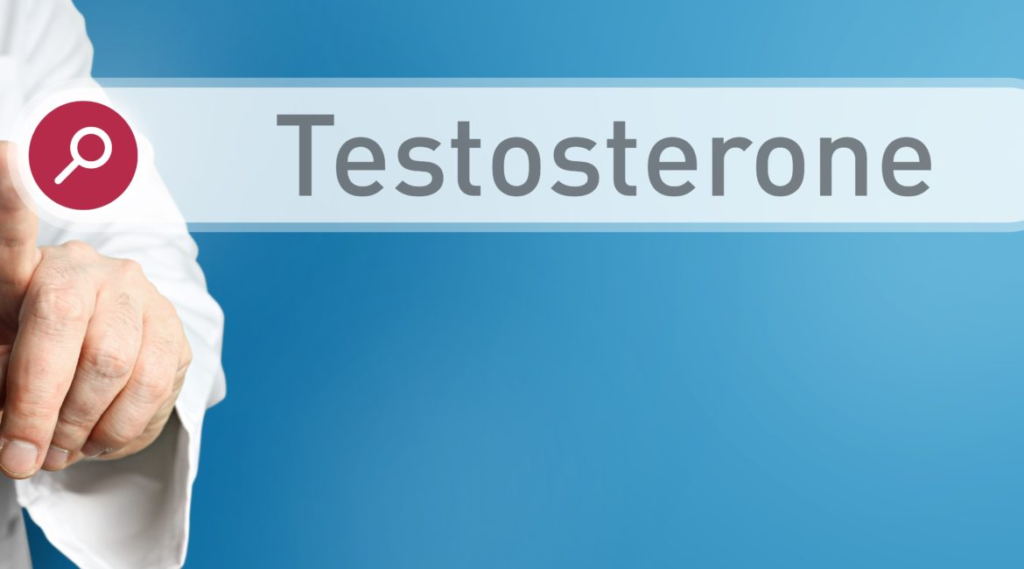
In a world where vitality is often equated with youth, the quest for maintaining peak performance and energy levels has turned the spotlight on testosterone therapy. But as more individuals seek to restore their vigor, the pertinent question remains, “how much does testosterone therapy cost?” Testosterone therapy offers a potent elixir for many age-related andropause symptoms, but its price extends beyond the prescription costs.
Unveiling the Curtain on Testosterone Therapy Costs
Understanding the costs of testosterone therapy involves peeling back multiple layers. From the initial consultation to the ongoing regimen, the financial commitment can be significant. The primary expenses of testosterone therapy include:
Consultation Fees: Before starting therapy, doctors often require a series of tests and consultations. These can come with a hefty upfront price, especially for those whose insurance doesn’t cover them.
Prescription Costs: The testosterone itself isn’t cheap. The form of testosterone – whether it’s gel, patch, injection, or implant – can significantly impact the price.
Ongoing Monitoring: To ensure safety and efficacy, regular blood tests and check-ups are necessary, which adds to the cumulative costs of the treatment.
Adjuvant Medications: Depending on individual health conditions, patients might need additional medications, further inflating the therapy’s cost.
The Financial Fine Print
While the direct monetary costs are quantifiable, there are several indirect expenses to consider when evaluating the overall investment in testosterone therapy.
Opportunity Costs: The time spent managing the therapy, including appointments and trips to the pharmacy, is time that could be allocated elsewhere, potentially affecting productivity and income.
Side Effects and Complications: In cases where side effects or complications arise, medical interventions can lead to unanticipated medical bills, causing the financial burden to snowball.
Lifestyle Modification: To achieve the best results, therapy is often paired with lifestyle changes that might involve the purchase of exercise equipment, dietary supplements, or adjustments to social habits.
Psychological Costs: The psychological burden of seeking and undergoing therapy, especially in relation to masculinity and self-image, is a cost that cannot be measured in dollars and cents.
Weighing the Worth
The cost alone doesn’t fully capture the value proposition of testosterone therapy. For some, the prospect of reclaiming energy, sexual function, and mental clarity is priceless. Yet, for those without health insurance or with limited financial resources, the quest for vitality may remain a distant luxury.
Roadmap to Affordability
Navigating the financial aspects of testosterone therapy begins with education and advocacy. Patients are actively encouraged to:
Research and Comparison Shop: Different clinics and pharmacies may offer varied prices for the same services and products.
Insurance Advocacy: Many insurance providers are expanding coverage for testosterone therapies. Understanding policy language and advocating for inclusive benefits can reduce out-of-pocket expenses.
Understanding Alternative Avenues: Some individuals may respond well to natural alternative strategies that could be more cost-effective and mitigate the need for long-term medical intervention.
In Conclusion
Testosterone therapy can be a game-changer for those seeking to turn back the clock on age-related declines in vitality. However, like any medical treatment, its costs must be carefully weighed against the benefits. It is incumbent upon both patients and healthcare providers to treat the decision to pursue testosterone therapy as a holistic one, taking into account not just the financial implications, but the physical, emotional, and social aspects as well. In the end, the goal is to optimize health and quality of life in the most responsible, affordable, and sustainable way possible.


